Armillaria mellea
Scientific name: Armillaria mellea (Vahl) P. Kumm.
Derivation of name: Armillaria means "with bracelets,"
referring to the ring on the stipe of many species.
Melle-
means "honey" or "honey-colored" referring to the honey
color of the cap of this mushroom.
Synonyms: Armillariella mellea (Vahl) P. Karst.
Common name(s): Honey mushroom; Bootlace fungus.
Phylum: Basidiomycota
Order: Agaricales
Family: Physalacriaceae
Occurrence on wood substrate: Parasitic/saprophytic; in
cespitose clusters at the base of living or dead trees (mostly
deciduous), stumps, or arising from buried wood; June
through
fall.
Dimensions: Caps are 4-10 cm wide; stalks are 5-15 cm
long and 0.5-2 cm thick.
Cap: Sticky to dry yellow-brown cap with erect black
hairs over the center.
Gills: Attached to subdecurrent, whitish.
Spore print: White.
Stipe: White above the ring, white to buff to brown below
the ring.
Veil: Membranous and persistent; whitish, sometimes with
a yellow margin.
Edibility: Choice with caution. Some individuals are
intolerant and will experience GI distress after
eating this species.
Comments:
Studies
have revealed that what was
once
regarded as a species complex under the name
Armillaria mellea is now understood to be a group of
10 or
more closely related species. Species determination
based
solely on field characters is difficult. See the web
site below for additional information and a key to 9
North American Armillaria species.
More information at MushroomExpert.com
More information about Armillaria mellea and
related species can be found at the following sites:
More information at MushroomExpert.com:
More information at TomVolkFungi.net:
More information at TomVolkFungi.net:
More information at TomVolkFungi.net:
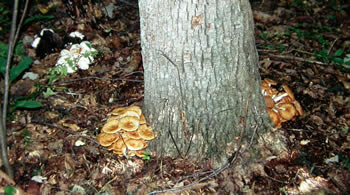
Figure 1. Cespitose clusters of the honey mushroom at the
base of a tree. Photo © Gary Emberger.
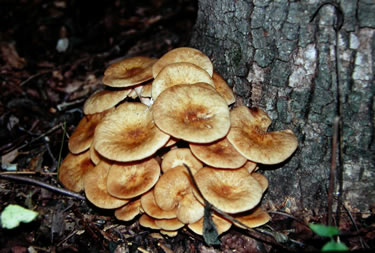
Figure 2. Close up view of one of the clusters in Figure 1.
Note the darker centers of the caps. Photo © Gary Emberger.
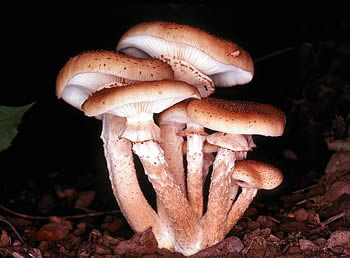
Figure 3. "Honeys" have persistent membranous partial
veils.
Photo © Pam Kaminski.
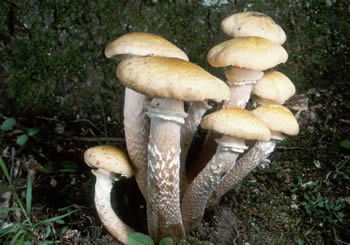
Figure 4. The lower stalks are fibrous and brownish
compared to the whitish portion of the stalk above the
ring.
Photo © William Roody.
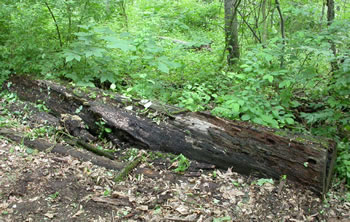
Figure 5. A decaying oak killed by a species of
Armillaria (see Figure 6). The hyphae of Armillaria
mellea are bioluminescent and wood
colonized by this
fungus is
referred to as "foxfire." Photo © Gary Emberger.
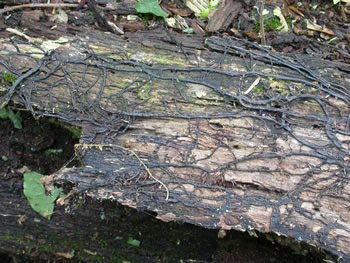
Figure 6. Examination of the log in Figure 5 reveals
black,
flattened
rhizomorphs resembling shoestrings or bootlaces.
These fungal structures occur uderneath the sloughing bark
of trees killed by pathogenic Armillaria species, including
A. mellea. The rhizomorphs spread out from infected trees
and are able
to infect additional trees. As a result, A.
mellea and other pathogenic Armillaria spp. are
important forest pathogens.
Photo © Gary Emberger.
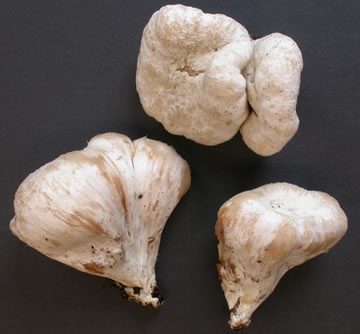
Figure 7. These strange misshapen structures are also an
Armillaria sp. Read the description of Entoloma
abortivum to understand the connection between
structures such as these, Entoloma abortivum, and
Armillaria spp. Photo © Gary Emberger.